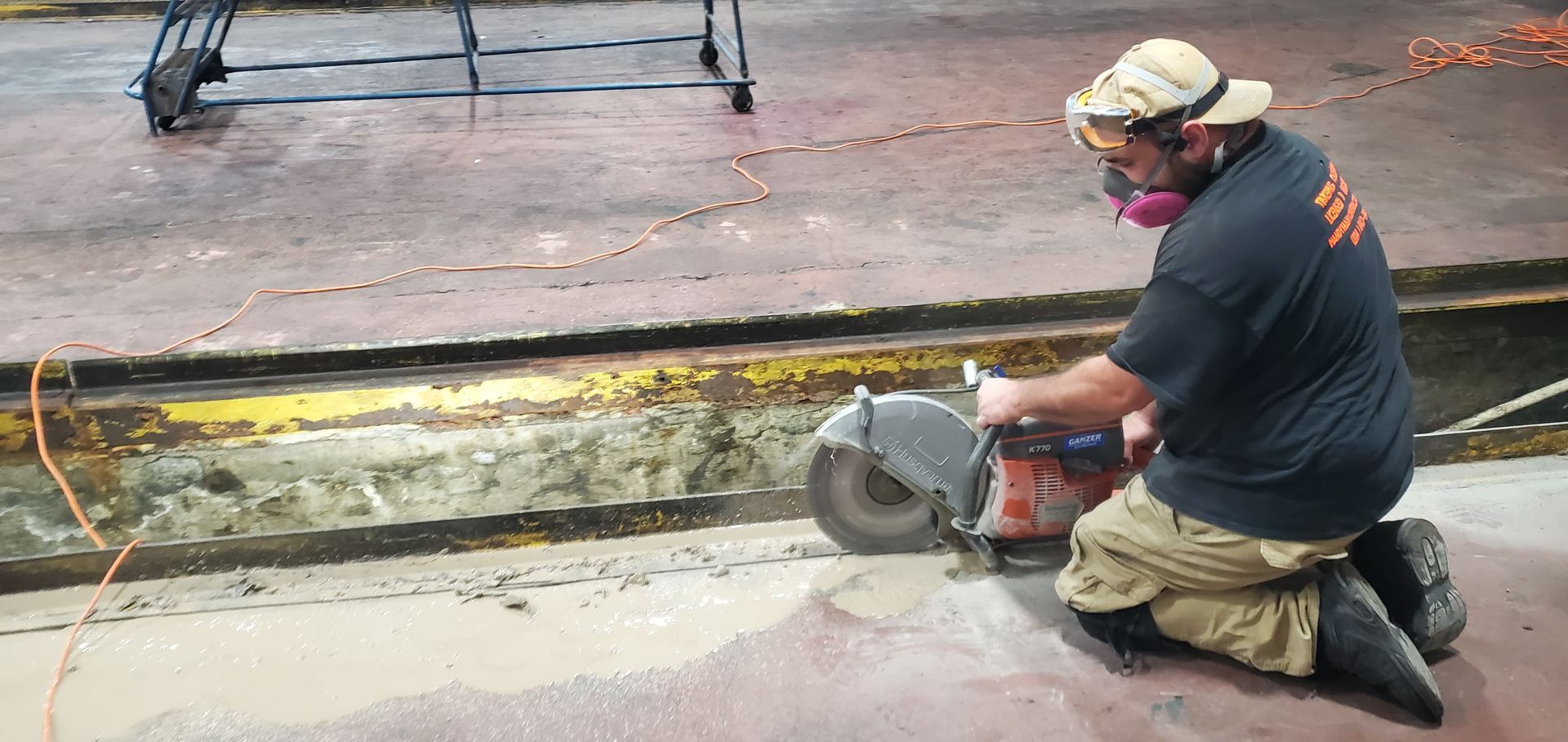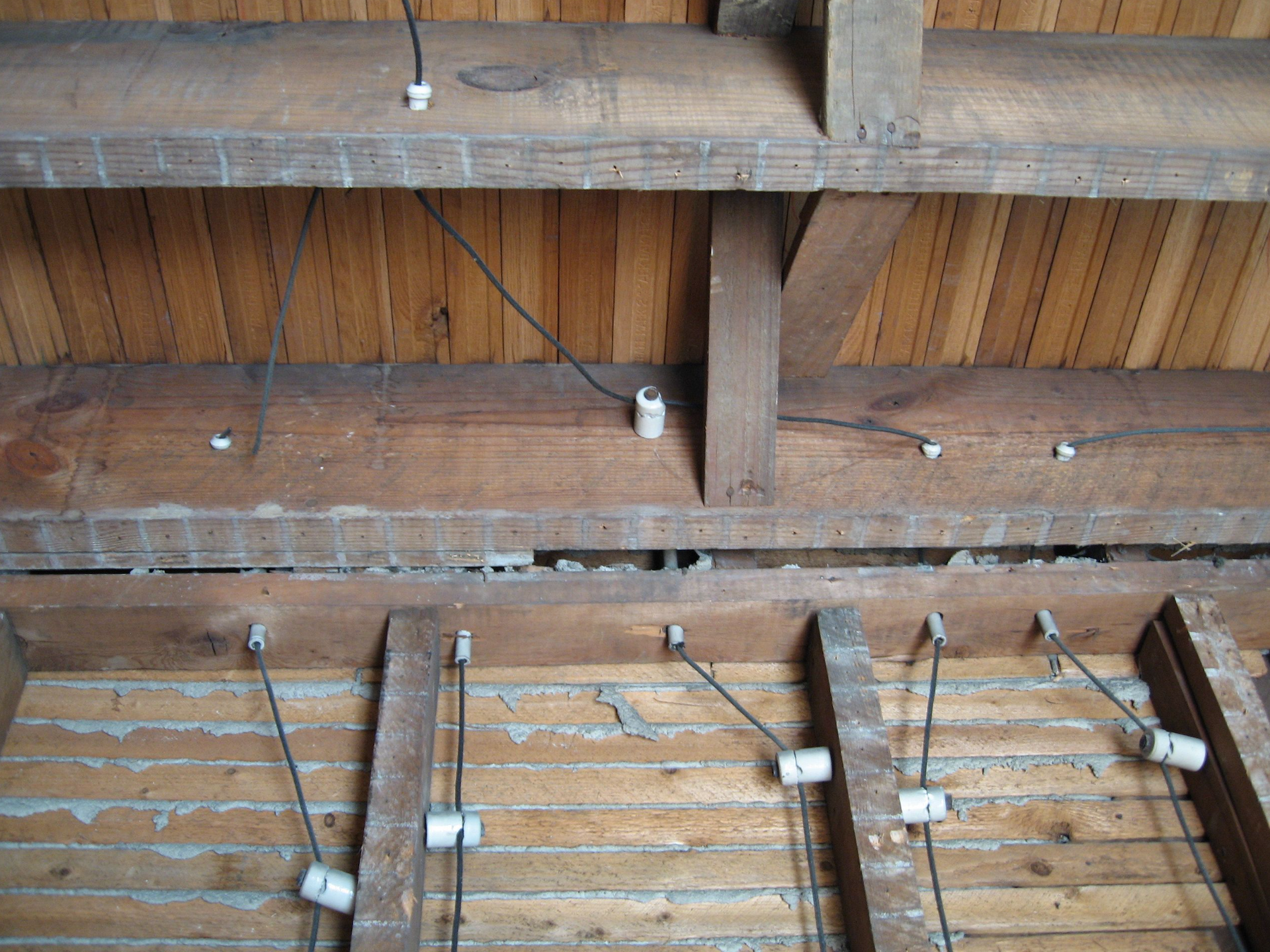Our Roots
About the Owner of Tinkering Toolbox, LLC

I grew up under the guidance of a skilled Millwright, Mechanic, Repair and Renovation Contractor, mason, Fabricator, and DIY enthusiast—the son of a railroad builder. On the other side of my family, my Grandfather, an Air Force mechanic and the son of a local Builder, further contributed to my exposure to various construction aspects for both homes and businesses.
From a tender age, I immersed myself in the world of construction, observing, fetching tools, and cultivating a love for all things related to fixing and building. By the age of 5 or 6, I already knew I wanted to be a construction worker, driven by the thrill of disassembling and reassembling things seamlessly.
Throughout my life, I've worn various professional hats, including roles as a pizza maker, telemarketer, cashier, security guard, roofing laborer, kitchen line cook, rust prevention, and truck bed liner technician, and a truck driver/warehouse worker. Although these roles may not have directly related to my current work, they equipped me with valuable skills in systems understanding, time management, logistics, coordination, communication, and customer and employee relations. However, I realized that none of these paths aligned with my true passion.
In 2017, a unique opportunity arose to leverage my early skills and experiences when I was commissioned to assist in renovating a friend's home. This marked the turning point where my passion for construction resurfaced. Over the next few years, I delved into industrial mechanical construction and maintenance, alongside taking on small-scale handyman repairs that further fueled my enjoyment of providing such services.
Amidst the challenges of the pandemic in 2020, I decided to use stimulus payments to invest in basic hand tools. Acquiring a contractor's license, I embarked on the journey to establish Tinkering Toolbox LLC. Offering a range of services, I dedicated myself to expanding my knowledge and mastering the intricacies of running a business. From fixing cars, installing doors, and mailboxes to handling electrical devices, drains, fences, and drywall, my repertoire expanded.
My clientele includes commercial giants such as Dollar General, Walmart, Gabes, and Tinseltown, among others.
As of now, my pursuit continues—expanding knowledge and striving to provide the best services possible for the Erie County community.
You might also like
Toolbox Talk



